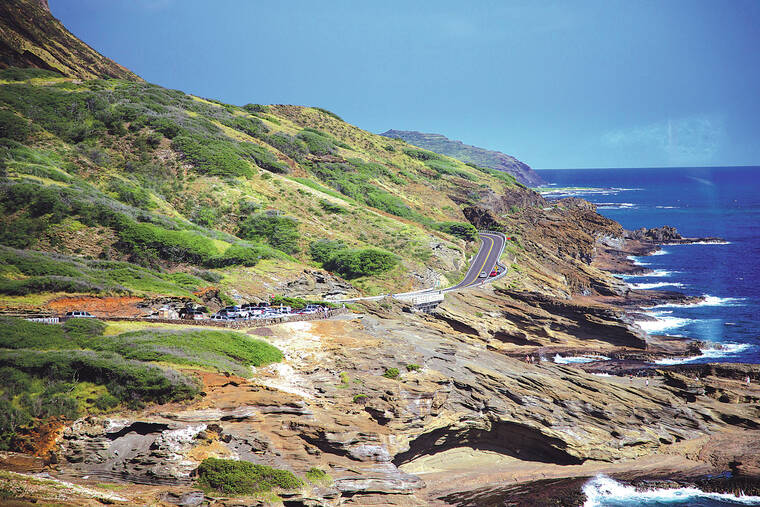Health Department says Kailua Bay bacteria levels are ‘very concerning’
OAHU — Thirteen days total.
That was the number of days that a city wastewater plant exceeded limits for enterococcus bacteria in its effluent in April and May, which prompted the state Department of Health to issue an for all of Kailua Bay.
ADVERTISING
This, according to DOH, was a highly unusual and affecting public health. Enterococcus is an indicator of fecal material in water and therefore, the possible presence of pathogens that can sicken swimmers.
“It is the city’s responsibility to comply with their permit, and it is very concerning when a discharger does not meet their legal responsibilities, ” said Bobbie Teixeira, DOH environmental health specialist. “It just shouldn’t happen.”
She added that 13 days of this is “extremely worrisome.”
“It’s very concerning to us, not only with the duration, but also the magnitude, ” she said. “On some days they were exceeding by four, five, six times their permit limit, so it is unusual.”
While the turquoise-colored bay at Kailua Beach Park—popular among visitors, local paddlers and kitesurfers—is now in the clear, and has been since May 5, health officials want to make sure the city remains in compliance.
Teixeira said the Health Department’s Clean Water Branch would work with the U.S. Environmental Protection Agency to investigate the incident and keep it from happening again, though she declined to go into detail on actions to be taken.
The city’s Kailua Regional Wastewater Treatment Plant is already under an issued in December to address similar pollution violations that occurred in early 2021.
The bacteria exceedances in 2021 occurred due to the failure of a biotower treatment unit at the plant, according to the EPA. But the plant’s discharge also exceeded bacteria limits in June 2020, April 2021 and December 2021.
Shoreline versus outfall The most recent exceedances—which occurred between April 8 and May 4—also resulted in mixed messaging to the public, according to Kailua beachgoers, who were confused by the advisories or missed them altogether.
While the city emphasized in its news releases and signs that high bacteria levels were possible near the deep ocean outfall—about 5, 000 feet or a mile from the shoreline and 105 feet below the surface—the Health Department issued an advisory for all of Kailua Bay.
“We posted the advisory for the entire Kailua Bay, including the shoreline, because when there’s exceedances like this, we really don’t know where that plume of sewage is going to go, ” said Myron Honda, supervisor of monitoring at the DOH Clean Water Branch. “That’s why out of an abundance of caution we had the city do the entire Kailua Bay shoreline.”
The city said during the exceedance period, it was testing both samples of treated effluent at the plant as well as samples from the Kailua Bay shoreline.
The city said daily shoreline samples since April 22 showed no exceedances except for four days, when runoff from heavy rain resulted in brown-water advisories. It also said monitoring at stations located around the outfall April 20, 24 and May 2 indicated the outfall had not affected the receiving water.


